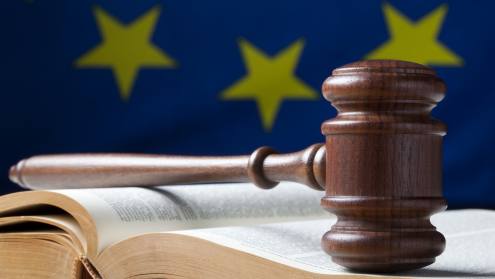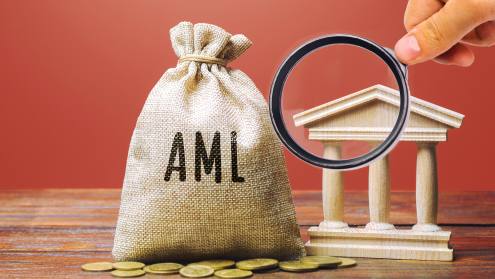As the financial crisis in the US, considered the worst since the Great Depression of the 1930s, causes panic in global markets and fuels recession in the US, the debate of the country’s government and regulators has shifted. The debate used to be how much banks should be regulated, and what new bank regulations are required. But now it is how much bank liquidity and capital needs to increase to unfreeze wholesale banking markets, restore confidence and start the recovery of the system.
However, as the country holds crucial presidential and congressional elections, it is an indication of how much bankers and regulators have lost the public relations battle. It seems that politicians, the popular press and the electorate, in contrast, are still focusing on what caused the crisis, as well as calling for greedy, reckless and incompetent bankers to be punished.











